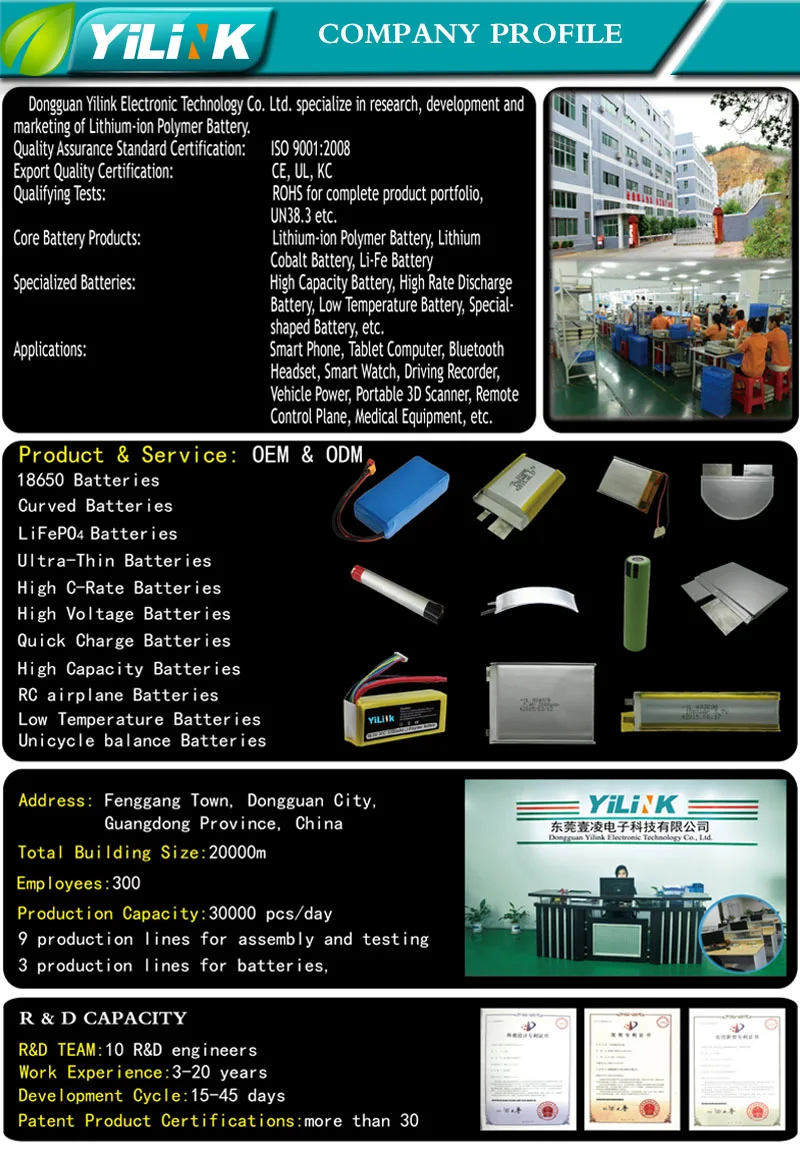

There are several key differences between a C Battery and D Battery. What Are the Differences Between C Battery Vs D Battery? The nominal voltage of Lithium, Zinc Carbon, Alkaline, and LiFeS2 is 1.5V. This model has a greater charge capacity of 2200 to 12000 mAh, with usual energy of 2.75 to 15 Wh. The NiMH D-size battery is known by its technical name, HR20, from the International Electrotechnical Commission. It has a usual charge capacity of 2000–5500 mAh and a 2.5–6.9 Wh energy capacity. The IEC has given the NiCad D cell the designation KR20. It has an average charge capacity of 12000–18000 mAh and an energy charge of 18–27 Wh, which is more than the Zinc-Carbon model.įR20 (IEC) and 13LF are other names for lithium iron disulfide (LiFeS2) (ANSI). LR20 is the IEC term for alkaline chemistry, and 13A is the ANSI/NEDA name. With an 8000 mAh charge capacity and 12 Wh typical energy capacity, a Zinc Carbon D battery is technically recognized as R20 based on IEC standard and 13D based on ANSI/NEDA designation. Ecologically friendly D Battery by Chemical.Achievable power density and energy efficiency.Originally, D cells were known as flashlight batteries.ĭ batteries are typically used in high-drain applications such as flashlights, automatic odorizers, paper towel dispensers, transmitters, radio receivers, and other devices that require a long run time. The D-size battery is a dry cell with electrical connections on both sides that is cylindrical. The charge of the latter is derived from the movement of lithium ions.
#4 c batteries portable
They are distinguished from the rechargeable lithium-ion battery that is commonly used in portable electronic devices such as smartphones and laptops for their long life. The metallic element lithium is used as the principal anode in lithium C batteries (central conductor). Lithium C Batteries are a type of lithium-ion battery They can be found in a variety of ordinary household goods. C Battery AlkalineĪ potassium hydroxide alkaline electrolyte (anti-acidic electrically-conducting combination) is used in an alkaline C battery.Īlkaline C batteries are one of the most extensively utilized types of batteries due to their high energy density and long shelf life. The following sections look at lithium and alkaline batteries, which are both common. C Batteries by ChemicalĬ batteries differ not only in terms of capacity and voltage but also in terms of the fundamental materials utilized in their manufacturing. C-type batteries are designed to be compatible with a wide range of devices and accessories, including battery holders.Ĭ-sized batteries are smaller than D-sized batteries, but they are larger than AA and AAA batteries. C Batteries SizeĬ-cell batteries can have a variety of capacities and voltages, but their physical size remains the same.

Cells Per Battery: 3 Lithium Content:0.54g Individual Battery Weight: 33g Origin: Designed in U.S.C batteries are a common dry cell battery type. But in normal circumstances a battery installed in a device, like a door lock, will last ~12 months. High ambient temperatures, and higher humidity, increases the internal drain. The battery life in dormant mode depends partly on the environment.

This is one of the advantages of a lithium ion battery with a control circuit, vs an alkaline or NiMh battery, where the cell discharges directly into the circuit (no control circuit). Other Safety Protections:Protects against Overload, Leakage, Short Circuit, Over Voltage, & High Temperature Certifications:IEC 62133, CE, FCC, PSE, UN38.3, RoHS, REACH Operating Temperature Rage:-20c -> 60c, (-4F-> 140F) Self-Discharge: The dormant / self discharge characteristics of Pale Blue batteries are very low. Chemistry:Lithium Ion Power : 4.2 Watt hours Voltage:1.5V Capacity: 2800 mAh Charge Time:2 hours (depending on charger specifications) Cycle Rating: 1000+ Cycles Charging Cable:1 USB to 2 Micro USB Charge State Indicator: Green LED Protection Circuit:Integrated safety circuit protects battery and device Overheat Protection:Operating at max output the battery will not overheat, this is part of the protection circuit.


 0 kommentar(er)
0 kommentar(er)
